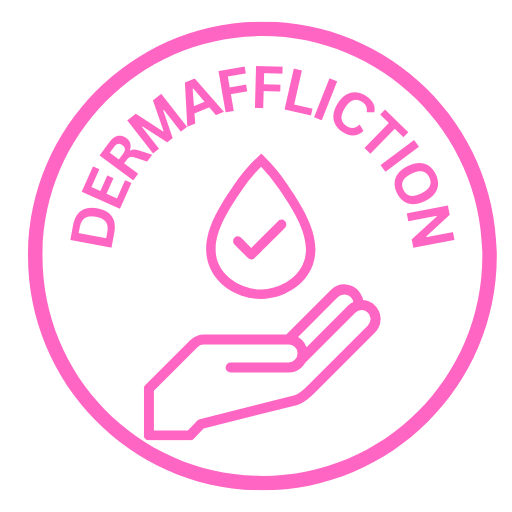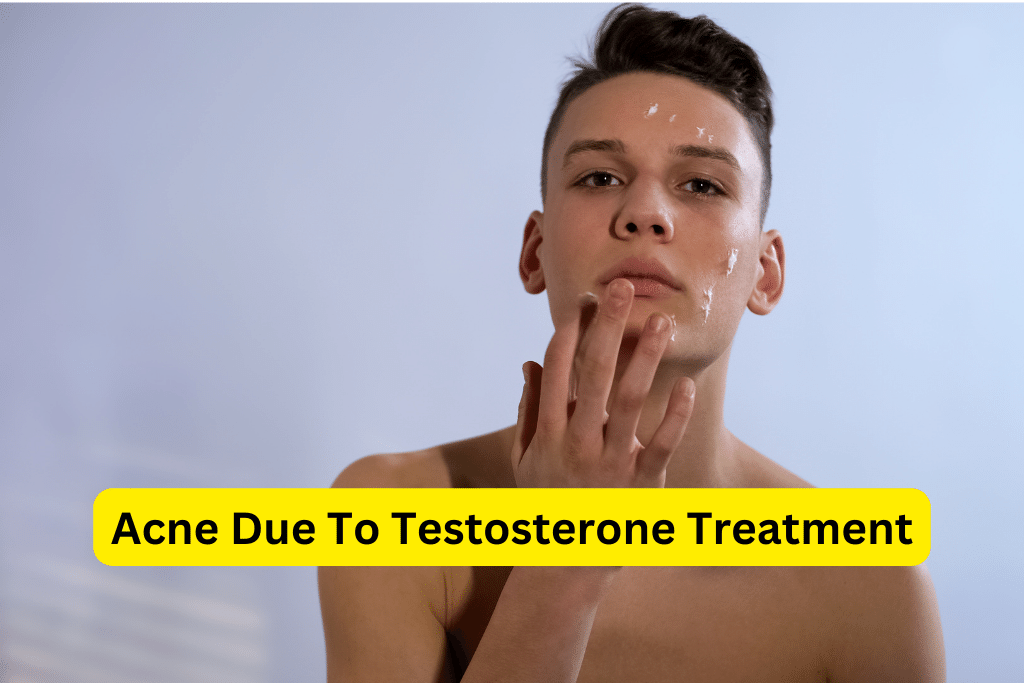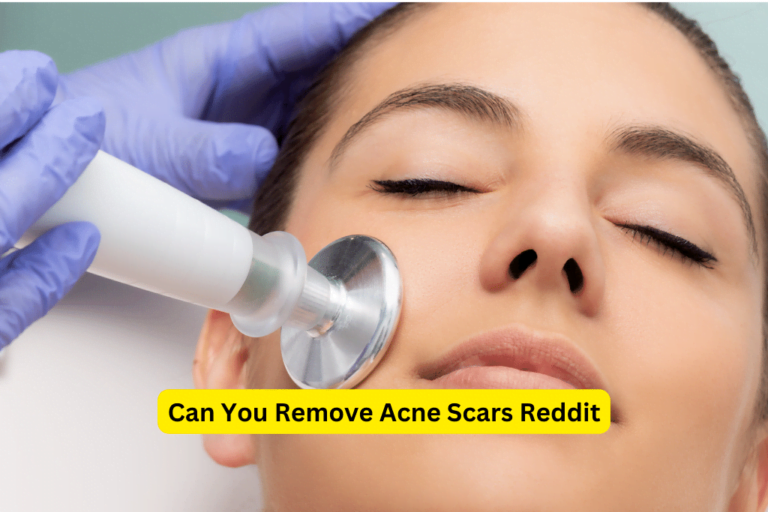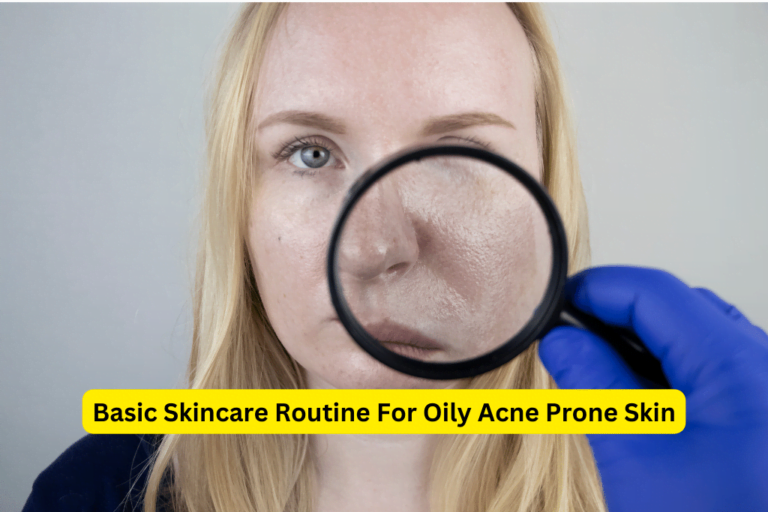Dealing with Hormone-Induced Acne: A Guide to Testosterone Treatment
Acne Due To Testosterone Treatment
Acne is a common skin condition that affects individuals of all age groups. It occurs when hair follicles become clogged with oil and dead skin cells, leading to the formation of pimples, blackheads, and whiteheads. While acne can occur for various reasons, one particular cause is testosterone treatment.
Testosterone treatment is a therapy used to increase testosterone levels in individuals with low hormone levels. It is commonly prescribed for conditions such as hypogonadism, delayed puberty, and transgender hormone therapy. While testosterone treatment can have numerous benefits, it also has potential side effects, including acne.
Understanding the causes, symptoms, and management strategies for acne caused by testosterone treatment is crucial to address this issue effectively. By seeking proper guidance and solutions, individuals can manage their acne and regain clear, healthy skin.
Understanding Testosterone Treatment and its Effects
Testosterone is a hormone produced primarily in the testicles in males and in smaller amounts by the ovaries in females. It plays a crucial role in the development of male characteristics, such as the deepening of voice, muscle growth, and facial hair.
Testosterone treatment involves the administration of supplemental testosterone to individuals with low hormone levels. There are various forms of testosterone treatment available, including injectable testosterone and testosterone gels or patches.
While testosterone treatment can be beneficial for individuals experiencing hormone imbalances, it can also have side effects. **Acne**, along with hair loss and mood changes, is one of the common side effects experienced by individuals undergoing testosterone treatment.
Several factors contribute to the development of acne during testosterone treatment. **Increased sebum production** can occur due to elevated androgen levels caused by testosterone treatment. Sebum is an oily substance produced by the sebaceous glands, and excess sebum can lead to clogged hair follicles, resulting in acne. Additionally, **bacterial infection** and **inflammation** play a role in the development and aggravation of acne.
Causes and Mechanisms of Acne Development
Hormones, particularly androgens like testosterone, play a significant role in the development of acne. Androgens stimulate the sebaceous glands to produce sebum, an oily substance that helps moisturize the skin. However, **excess sebum production** can contribute to the development of acne by promoting the blocking of hair follicles.
The relationship between testosterone treatment and acne is complex. Testosterone treatment can increase androgen levels in the body, leading to elevated sebum production and potential acne development. **Disruption of hormonal balance** is another mechanism by which testosterone treatment may contribute to acne.
While testosterone treatment is a contributing factor to acne development, other factors can also influence the severity and occurrence of acne during the treatment. Pre-existing skin conditions, genetic factors, and lifestyle choices can all play a role in acne formation.
Symptoms and Types of Acne Caused by Testosterone Treatment
Acne can present in various forms and severity levels. The different types of acne include **comedones** (whiteheads and blackheads), **papules and pustules**, and **nodules and cysts**. These different types of acne can vary in appearance and require different management approaches.
The symptoms and severity of acne **caused by testosterone treatment** can also vary. Mild acne may consist of a few occasional pimples, whereas moderate acne may include a larger number of pimples, pustules, and papules. Severe acne can present as deep, painful cysts and nodules.
Prevention and Management of Acne During Testosterone Treatment
Preventing and effectively managing acne during testosterone treatment is essential for promoting clear skin and maintaining overall well-being. Implementing a consistent **skincare routine** is paramount. This routine should include **cleansing** the skin, **exfoliating** to remove dead skin cells, and **moisturizing** to keep the skin hydrated and balanced.
Dietary factors can also influence acne development. **Avoiding certain foods** that are known to trigger acne, such as processed and sugary items, can be beneficial. On the other hand, incorporating foods rich in antioxidants, vitamins, and minerals can support skin health.
Medical interventions, **such as topical treatments** (e.g., creams, gels) and **oral medications**, can help manage acne caused by testosterone treatment. Dermatologists are experts in the field of skin health and can provide guidance on the most suitable treatment options for individual needs.
Non-medical approaches, such as making **lifestyle changes** (e.g., stress management, regular exercise) and **utilizing home remedies** (e.g., natural face masks, tea tree oil), may also contribute to acne management during testosterone treatment.
When to Seek Professional Help
It is important to recognize when acne requires professional help. **Signs that acne may require medical attention include persistent and severe breakouts, scarring, and emotional distress**. Consulting a healthcare professional, especially a dermatologist, is crucial in effectively managing acne and maximally addressing its impact on an individual’s well-being.
Dermatologists are specialized in diagnosing and treating skin conditions, including acne. They can provide personalized treatment plans and offer **various treatment options**, such as prescription-strength medications, laser treatments, and professional skincare recommendations.
Conclusion
In conclusion, acne caused by testosterone treatment is a common side effect that can significantly impact an individual’s skin health and overall well-being. Understanding the causes, symptoms, and management strategies for this form of acne is essential in effectively managing and addressing the issue.
By implementing proper skincare routines, making dietary considerations, and seeking appropriate professional help, individuals can navigate through acne caused by testosterone treatment and regain clear, healthy skin. It is essential to remember that everyone’s journey with acne management is unique, and guidance from healthcare professionals is crucial in finding the most suitable treatment approach.
Don’t hesitate to seek the necessary help and solutions to tackle acne during testosterone treatment. Clear, healthy skin is within reach, and by taking proactive steps, individuals can regain confidence and well-being.









